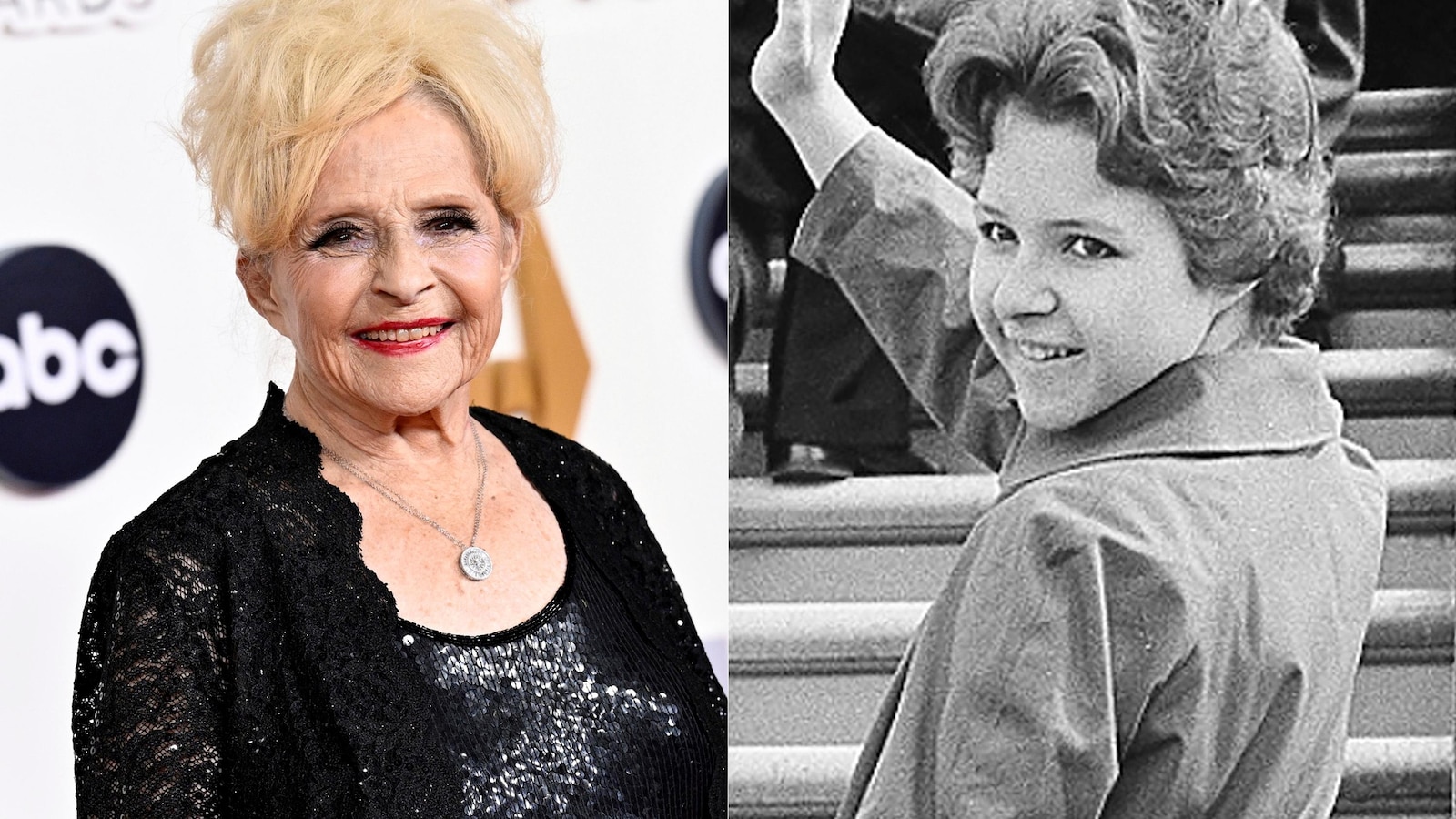NEW YORK — Come and shoot a travel to the giddy delivery of rock ‘n’ roll throughout the optical of one among its pioneers — Brenda Lee.
The “I’m Sorry” and “Rockin’ Around the Christmas Tree” hitmaker who shared phases with each Elvis Presley and the Beatles is a information to these heady years in “American Masters — Brenda Lee: Rockin’ Around,” which premieres Monday on PBS.
“That era can never be repeated again,” she tells The Related Press at the eve of the printed. “That was an era when the money wasn’t thought about, the fame wasn’t thought about. I know that sounds crazy, but it is true. The artists of that time were there to do their thing, and they loved it, whether they got paid or not.”
Lee, 80, had her first crash file in 1960 at pace 15 and went directly to promote greater than 100 million albums. Within the ’60s, she earned extra Sizzling 100 singles in america — 46 — than any recording artist but even so the Beatles, Presley or Ray Charles. She gained a Grammy Lifetime Success Award in 2009.
She is the uncommon artist inducted into each the Nation Tune Corridor of Reputation and the Rock & Roll Hall of Fame, transferring without problems in her profession between nation, pop, rock and rockabilly sounds.
“I never classified myself as a ballad singer, as a rock singer, as a country singer or anything. I just wanted to sing,” she says within the interview. “Some artists can sing it all. Not me. I have to love what I’m singing or it’s not believable.”
The documentary attracts at the remark of musicologists and such stars as Keith Urban, Tanya Tucker, Trisha Yearwood, Jackie DeShannon, Pat Benatar and Neil Giraldo.
“I had no trouble getting people to talk about Brenda and why she matters and why we should look to her,” says director Barbara Corridor. “This is what’s possible when you just get your head down and stay focused and do what you know you’re good at and don’t give up.”
Lee used to be the daughter of a wood worker in Atlanta who died in a building hit when she used to be simply 8. Her mom quickly used to be compelled to paintings within the wool mill. When she used to be 10, nation song singer Crimson Foley put her on his nationwide TV program “Ozark Jubilee.” By means of pace 12, she had seemed on numerous community TV selection displays.
The portrait that emerges is a unprecedented one for the song trade, the tale of a tender lady who’s secure and nurtured. Lee credit manufacturer Owen Bradley; her supervisor, Dub Allbritten; and the musicians she labored with for taking a look out for her, treating her like a slight sister.
“I hear horror stories about children in show business, but I certainly didn’t have that experience, and I’m grateful for that,” says Lee. “It was like I was one of the group, and that was so important to me.”
The vacations are when Lee radiances maximum, together with her crash “Rockin’ Around the Christmas Tree” in top rotation. In 2023, it crowned the Billboard Sizzling 100 chart for the primary pace ever, 65 years upcoming the tune’s debut.
“She is in your house every Christmas,” says Corridor. “She is a part of something that so many Americans celebrate. So, I’m hoping that people will embrace her story and her music once they get reintroduced to it.”
She recorded it at pace 13 in July 1958, no longer precisely a snowy pace within the South. The wind conditioner used to be cranked up within the recording studio and there used to be a Christmas tree prepared as much as get everybody within the temper. It to begin with used to be a larger crash in another country and nearest were given a spice up within the 1990 movie “Home Alone.”
“You get a wonderful song and it may lay around for a few years like ‘Rockin’’ did, but if it’s as wonderful as ’Rockin″ was, it’ll show its head sooner or later, and that’s what happened,” Lee says.
Corridor, who labored on a 2017 “American Masters” documentary on Patsy Cline, says she attempted to seek out any grime on Lee and easily couldn’t. Even if Lee beggarly her leg all over the kill and needed to be hospitalized, she used to be gracious and type.
“If my leg was broken in 10 places and I had to be in a rehab facility, I’d probably be in a bad mood the whole time,” she says. “She was cracking jokes and everyone in the room felt like she was their friend.”
